Spiny pleco - Pseudolithoxus anthrax
Scientific name: Pseudolithoxus anthrax
Common name: Spiny pleco
Family: Loricariidae
Usual size in fish tanks: 12 - 15 cm (4.72 - 5.91 inch)
014
Recommended pH range: 6.5 - 7.7
Recommended water hardness: 6 - 18°N (107.14 - 321.43ppm)
0°C 32°F30°C 86°F
Recommended temperature range: 22 - 28 °C (71.6 - 82.4°F)
The way how these fish reproduce: Spawning
Where the species comes from: South America
Temperament to its own species: peaceful to females
Temperament toward other fish species: peaceful
Usual place in the tank: Bottom levels
Short description
Pseudolithoxus anthrax (hobby: sometimes “Spiny Monster” pleco; L-number commonly associated in the trade) is a small, spiny, rheophilic loricariid from fast, rocky waters of the Orinoco system. Built for current, it clings to stones and grazes aufwuchs (biofilm) and tiny invertebrates. Stunning high-contrast spotting, heavy odontodes (spines), and a compact 12–15 cm adult size make it a prized but oxygen-demanding specialist.
Origin
South America – tributaries of the Orinoco (Venezuela/Colombia), especially clear, fast, rocky stretches with high dissolved oxygen and minimal tannins. Most habitats feature boulder fields, bedrock shelves, and coarse gravel with scant wood.
Food and feeding
Despite the “algae eater” stereotype, this species is best described as an aufwuchs grazer / micro-carnivore. Offer a varied mix: high-quality sinking carnivore wafers/granules, mysis, chopped shrimp, blackworms, bloodworms, cyclops, and finely chopped mussel/krill. Supplement with some green matter (spirulina wafers, blanched zucchini) but do not rely on vegetables alone. Feed modest portions in the evening; maintain excellent cleanliness to protect gills and barbels.
Sexing
Mature males develop more extensive odontodes (spines) on the cheeks and along the pectoral fin rays; females are typically rounder in the belly when gravid.
Breeding
Rare in home aquaria. Presumed cave spawner (as in many hypostomines): eggs deposited in tight crevices/tubes with the male guarding until hatch. If attempted, provide multiple narrow caves, intense aeration, and ultra-stable water.
Lifespan
Commonly 8–10 years with strong oxygenation and pristine water; stress and low O2 shorten longevity.
Behavior & compatibility
Generally peaceful toward dissimilar species but can become territorial with conspecifics, especially adult males competing for caves. Best kept singly or as a carefully structured group in a large tank with surplus hides. Avoid boisterous tankmates that dominate food or dislike strong current.
Tank requirements
- Tank size: 200 L for a single specimen; substantially larger for multiple adults.
- Hardscape: rock piles, slate stacks, and narrow caves; wood is optional and not essential for digestion.
- Flow & oxygen: high turnover with additional powerheads; vigorous surface agitation; consider air stones 24/7.
- Water: pH 6.5–7.7 (slightly acidic to neutral), soft to moderately hard; temperature 22–28 °C (keep O2 high at warmer temps).
- Filtration: oversized bio-mechanical filtration; low nitrate; frequent small water changes; immaculate substrate.
- Lighting: moderate to dim; provide shaded retreats to minimize stress.
Care notes
Acclimate slowly. This species is sensitive to sudden chemistry shifts, low oxygen, and lingering organics. Provide more caves than fish to diffuse aggression, and place food directly where they graze so midwater fish don’t outcompete them.
Pictures
Bought by aqua-fish.net from jjphoto.dk.
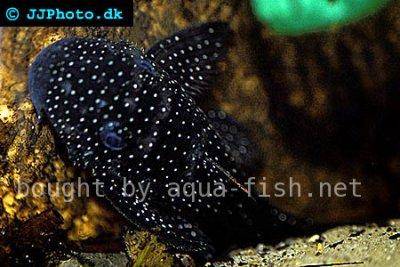


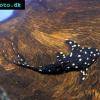 Adonis
Adonis 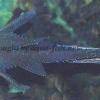 Lyre
Lyre 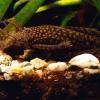 Bristlenose
Bristlenose 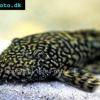 Gold
Gold 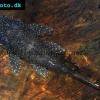 Bushymouth
Bushymouth  Spotted
Spotted 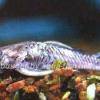 Medusa
Medusa 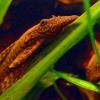 Bristlenose
Bristlenose 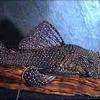 Starlight
Starlight 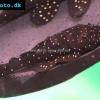 Spotted
Spotted 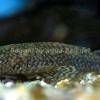 Catfish
Catfish 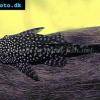 Bushynose
Bushynose 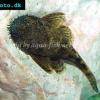 Bristlenose
Bristlenose 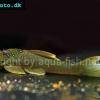 Green
Green 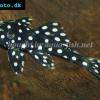 LDA-33
LDA-33 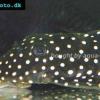 Snowflake
Snowflake 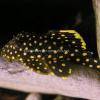 Gold
Gold 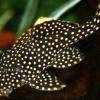 Gold
Gold 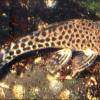 Bulldog
Bulldog 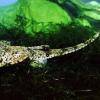 Dasyloricaria
Dasyloricaria 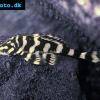 Butterfly
Butterfly 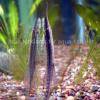 Whiptail
Whiptail 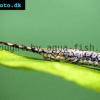 Amazon
Amazon 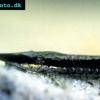 Twig
Twig 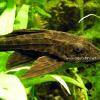 Spotted
Spotted 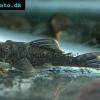 Spotted
Spotted 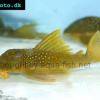 Lemon
Lemon 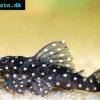 Pleco
Pleco 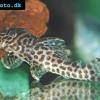 Peruvian
Peruvian 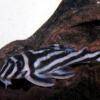 Zebra
Zebra 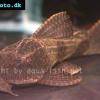 Pleco
Pleco 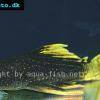 Hypostomus
Hypostomus 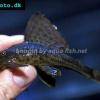 Pleco
Pleco 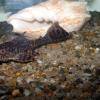 Suckermouth
Suckermouth 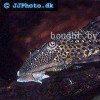 Spotted
Spotted  Woodeating
Woodeating 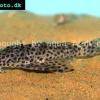 Golden
Golden 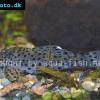 Sultan
Sultan 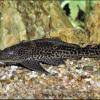 Multiradiatus
Multiradiatus 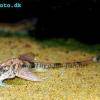 Marbled
Marbled 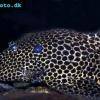 Pleco
Pleco 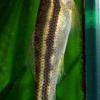 Dwarf
Dwarf 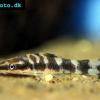 Dwarf
Dwarf 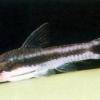 Dwarf
Dwarf 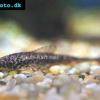 Oxyropsis
Oxyropsis 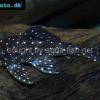 Orange
Orange 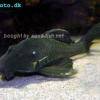 Blue
Blue 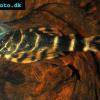 Clown
Clown 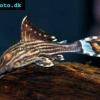 Royal
Royal 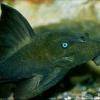 Blue
Blue 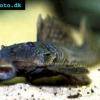 Rubber
Rubber 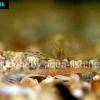 Goby
Goby 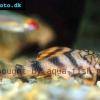 Wormline
Wormline 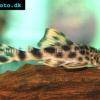 Para
Para 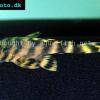 Tiger
Tiger 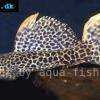 Leopard
Leopard 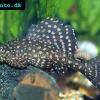 Marbled
Marbled 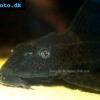 Amazon
Amazon 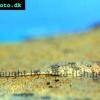 Common
Common 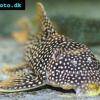 Sunshine
Sunshine 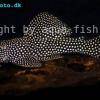 Golden
Golden